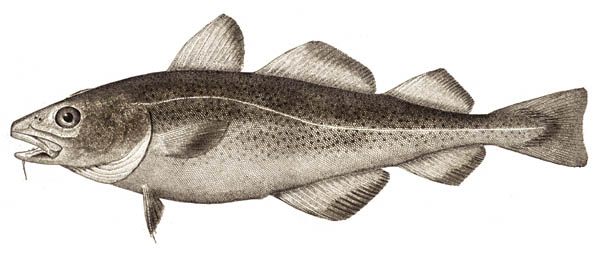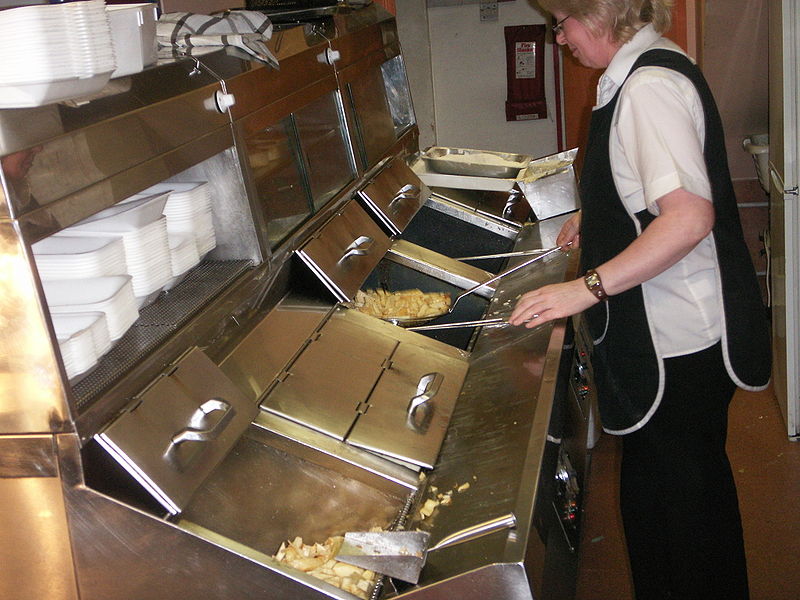Fish and chips: the crispy, golden crust still sizzling around savory, melt-in-your-mouth, flakey fish, and the accompanying “chips,” all seasoned with salt and vinegar, are an icon of British cuisine. You can find this poor man’s delicacy world-wide, and, while the variations are legion, the origin is obvious. Or is it? Like lots of country food staples, fish and chips appeal to people who want cheap and easy-to-cook food that is filling, provides both carbs and aminos, and, most of all, tastes good. Yep, fish and chips are one of the all time favorite and earliest “fast foods” in countries that haven’t surrendered their culinary souls to the Big Mac and KFC. But the origins of fish and chips aren’t British, and their ingredients aren’t fixed in stone (or cod). Not surprisingly, poor people have always known how to extend pure protein by adding filler (think of pizza and sausage, not to mention fish fingers and fish cakes).
But back to the geography. Neither the fried fish nor the chips are British by origin. According to a reputable British source (the BBC, no less): “The story of the humble chip goes back to the 17th Century to either Belgium or France, depending who you believe. Oddly enough, the chip may have been invented as a substitute for fish, rather than an accompaniment. When the rivers froze over and nothing could be caught, resourceful housewives began cutting potatoes into fishy shapes and frying them as an alternative. Around the same time, fried fish was introduced into Britain by Jewish refugees from Portugal and Spain.”
What does seem fairly certain is that the Brits get the credit for marrying fried fish with chips: “Who first had the bright idea to marry fish with chips remains the subject of fierce controversy, and we will probably never know for sure. It is safe to say it was somewhere in England, but arguments rage over whether it was up north or down south. Some credit a northern entrepreneur called John Lees. As early as 1863, it is believed he was selling fish and chips out of a wooden hut at Mossley market in industrial Lancashire. Others claim the first combined fish ‘n’ chip shop was actually opened by a Jewish immigrant, Joseph Malin, within the sound of Bow Bells in East London around 1860. However it came about, the marriage quickly caught on. At a time when working-class diets were bleak and unvaried, fish and chips were a tasty break from the norm. Outlets sprung up across the country, and soon they were as much a part of Victorian England as steam trains and smog” (Ibid.).
Today, hamburgers, fried chicken, pizza, and Indian and Chinese dishes all outsell fish and chips in the UK–and the reasons are global. International travel and exposure to new cuisines, the introduction of new emigrant foods to the UK, the collapse of the cod fishery in the North Atlantic, the skyrocketing cost of all fish, and health concerns about fats used for frying all played a part in this reversal of taste. But, aye, there’s the rub: the taste. No matter the sustainability, economic, or health objections, “fish ‘n’ chips” holds its own as a UK culinary icon that George Orwell (The Road to Wigan Pier, 1937) described as a home comfort that helped keep the masses happy and “averted revolution.” Perhaps the UC system needs a few more “chippies”…
Article by Bill Norrington




